A trip to the zoo is a great family day out. There is something for everyone and it can be as educational as it is entertaining.
When we turn up to see the animals, they’ll have been fed and watered, their enclosures cleaned from the day before and the park given a once-over before the gates are thrown open.
But what is it like behind the scenes getting things ready?
I took a trip to Fife Zoo to find out exactly what goes on behind the scenes.
The zoo opened in the summer of 2019 but nearly three years on, is enjoying its longest uninterrupted spell open.
It has been a difficult time navigating two devastating fires and the Covid-19 pandemic, according to director Michael Knight.
A difficult two years for Fife Zoo
He says the pandemic was a tough time for the business, with the zoo forced to close for the majority of 2020 having only opened six months prior.
When it did reopen briefly in summer 2020, it was devastated by a fire to the soft play area.
When the country went back into lockdown, Fife Zoo shut again. Almost a year on from the first fire, the visitor attraction was hit by another.
Michael stressed if I’ve come expecting Edinburgh Zoo, I’ll be disappointed. “We know we’re not a full day out,” he says.
“That is reflected in the £5 admission fee for adults, it’s £3.50 for children.”
A hands-on job
I’m given a tour of the zoo which starts at the porcupine and meerkats, one of 10 types of animal you’ll find at Fife Zoo.
The morning feeding routine usually starts with them, so they’re quite happy tucking into some peppers as I wander past.
Michael warns against a visit to the De Brazza’s monkeys, who are feeling too boisterous, so it’s on past the tortoise to the new aviary, which opened earlier this year.
It was one of two investments the owners have been able to make in the zoo – along with a £25,000 walk-through lemur enclosure.
Opened in October last year, it features a troop of 10 ring-tailed lemurs — an endangered species unique to Madagascar. There are currently only 2,000 left in the wild.
I’m drawn to how close the animals are willing to come.
Yes, this is a walk-through experience, but seldom at a larger zoo would you get the chance to be so close.
They also seem to have loads of room away from the public, whether that’s roaming outside in their specially-designed Madagascan theme space or indoors, in the temperature-controlled house.
Rolling my sleeves up
Next up, it’s off to see the zebras. I know this is where I’m going to get my hands on experience of the day.
I meet trainee zookeeper Tayanne Corbani, who moved from Brazil to study and has been working at the zoo for nearly two years.
She shows me where the four Grevy’s zebras are housed and their new up-close paddock, before giving me a run-down of my tasks for the day. I’m to help her muck them out and prepare their food.
The prospect of hauling mounds of zebra poo into wheelbarrows now wasn’t as appealing as giving the lemurs some food.
Nevertheless, I rolled my sleeves up and attempted to help Tayanne.
Getting over the smell was the first hurdle. It wasn’t too much of a shock given zebras are quite like horses, but it was still unpleasant.
Once I’d overcome that barrier, getting used to my surrounding was the next. The feeling underfoot was also not great.
Impressive work ethic
I was regretting my choice of footwear. A pair of wellies instead of my trainers would’ve been a good idea.
“It’s much worse in the winter,” she tells me.
That provides only mild relief as I’m shovelling away.
I lend a hand as best I can but it’s not pleasant work and it definitely requires more elbow grease than putting together this article did.
There’s barely time to draw breath before it’s onto preparing their feed.
The massive bags – more like tarpaulin with handles – are ideal, I’m told, for the quantities of hay the quartet will get through.
I do my best to fill the bag as much as I can.
Tayanne tells me she’d usually do all this on her own and it’d take her about an hour.
I can’t help but feel my presence has hindered her progress more than I’ve helped, but I enjoyed myself.
Would I be interested in retraining as a zookeeper? I was so impressed with Tayane and her work ethic – nothing seemed to bother her.
But I think I’ll stick to journalism for now!
Plans for the future at Fife Zoo
Before I head off, I’ve time for one more trip through the lemur enclosure.
Tayanne produces a bag of food – and the animals aren’t long in spotting it.
They crowd round, each desperate for a piece of what’s in the bucket, while I try to interview Mike.
He’s optimistic about the future for Fife Zoo. He hopes visitor numbers will continue to grow – they are on track to match last year’s 20,000 target.
He also hopes to develop a meeting space and education centre once insurance money from the soft play fire comes in.
Until then, it’s a case of sitting tight and keeping costs down where he can.
How will rising energy bills impact the zoo?
All the animals have heat-controlled indoor spaces that reflect their natural habitats, so those will be costly to run.
But Michael says they are yet to discover the true impact.
“We’ve not had our first bill yet, so we just don’t know. We expect it to go up, but it could be anywhere up to 40%.”
Final thoughts
As I head for the exit, I’m struck by the passion the staff have for their jobs.
From the moment we met, Tayanne never stopped, and her job requires not only an in-depth knowledge of each animal, but also real hard graft.
Her passion for the job is clear. She has a great understanding, an impressive depth of knowledge of all the animals and a good rapport with them all.
The owners clearly have big plans. They’ve been hit hard by Covid, but are bouncing back.
Michael expects this to be a good year for visitor numbers and with his impressive long-term vision, Fife Zoo is definitely worth keeping an eye on.
As I hear for the car park, I’m full of admiration for the team that keeps it ticking over every day.
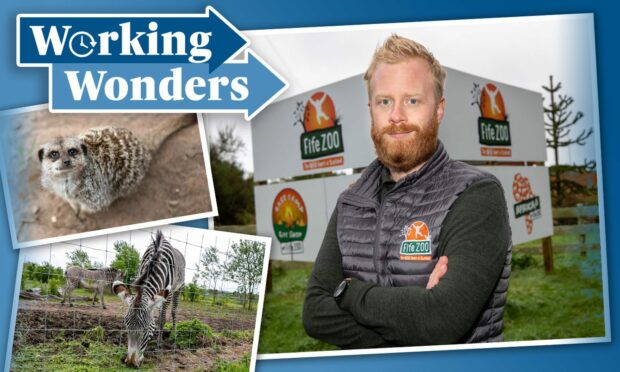
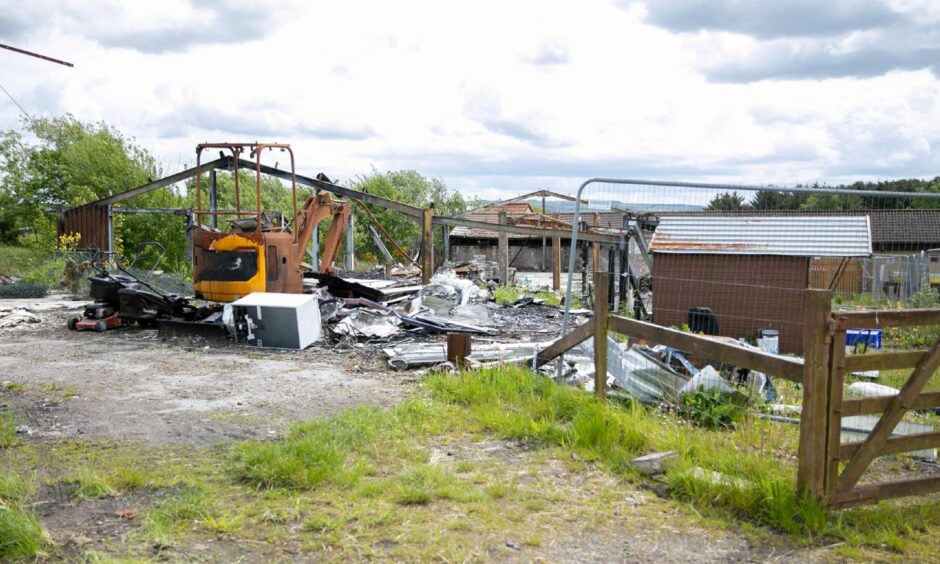
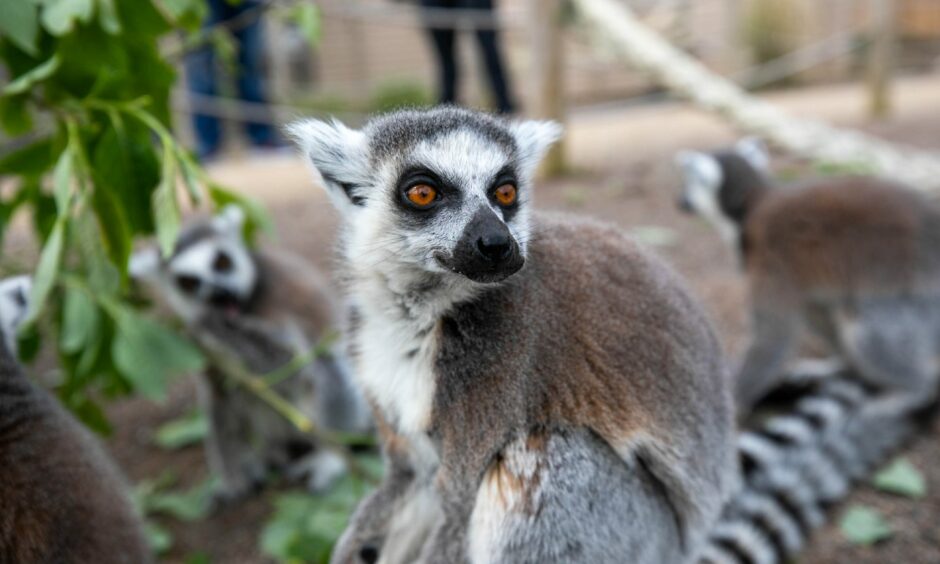
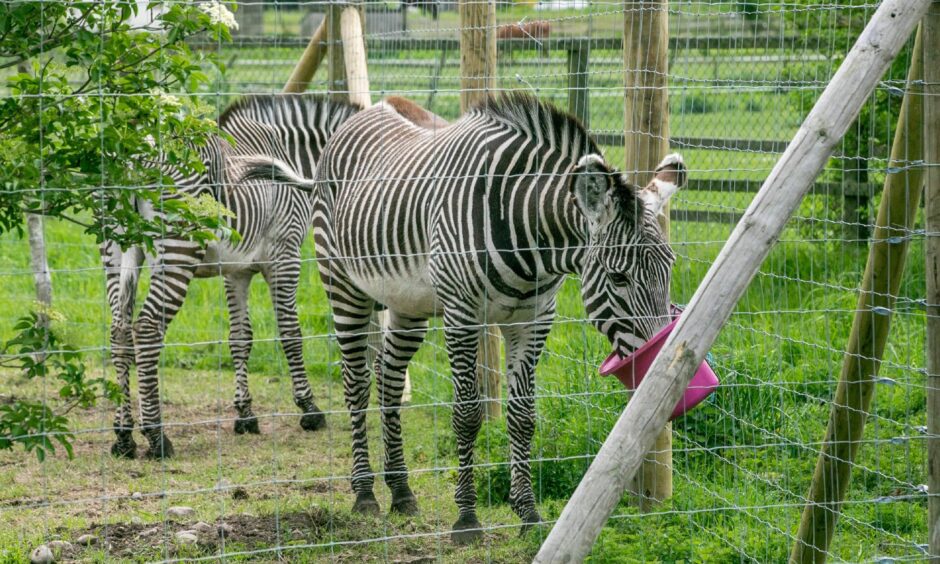
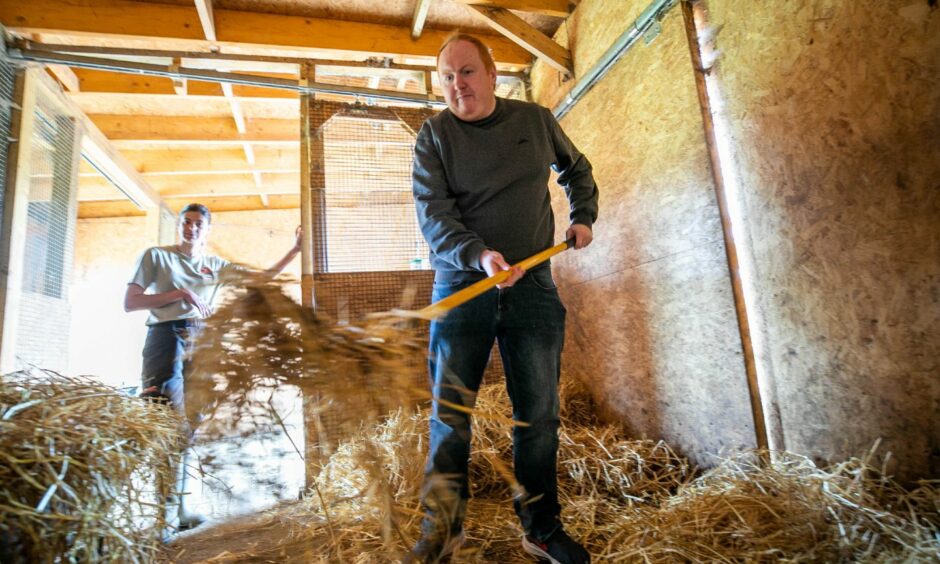
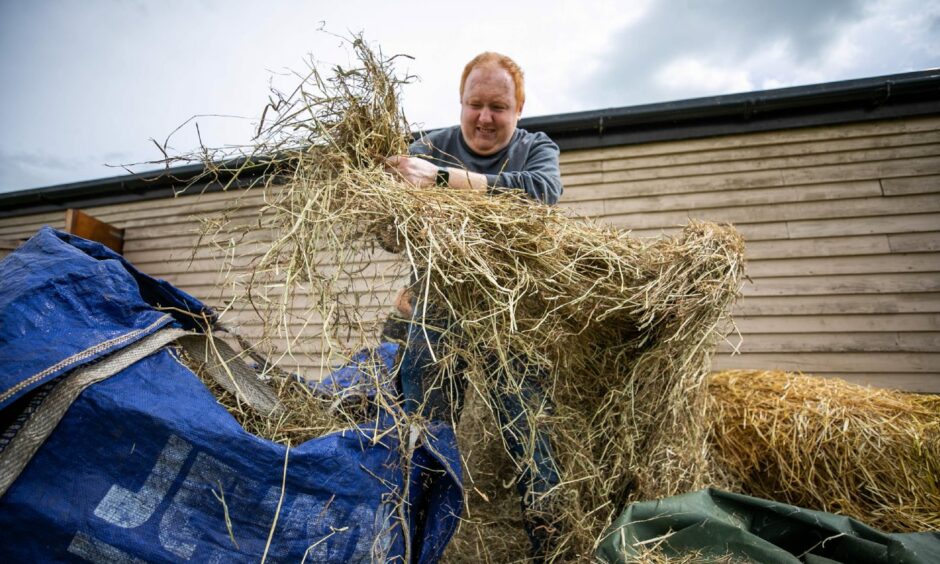
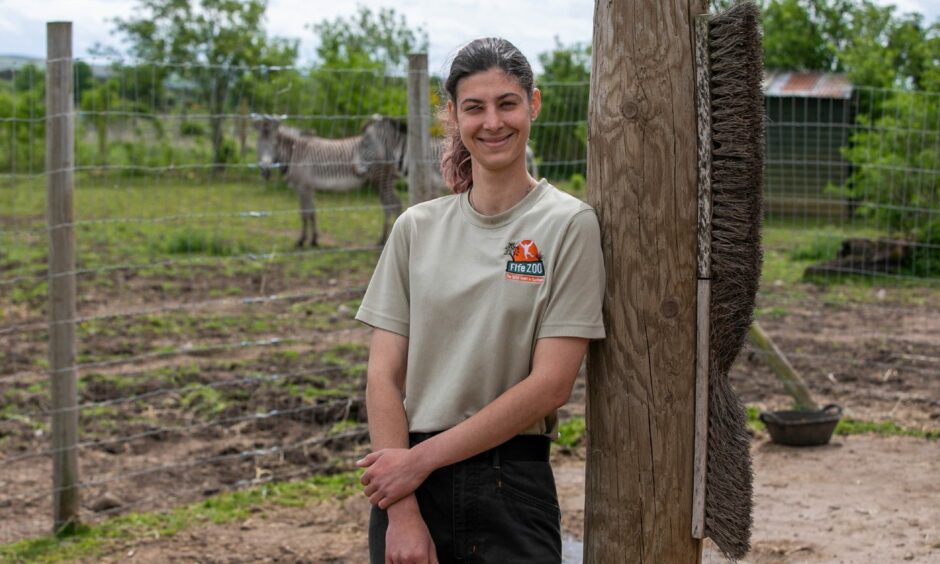
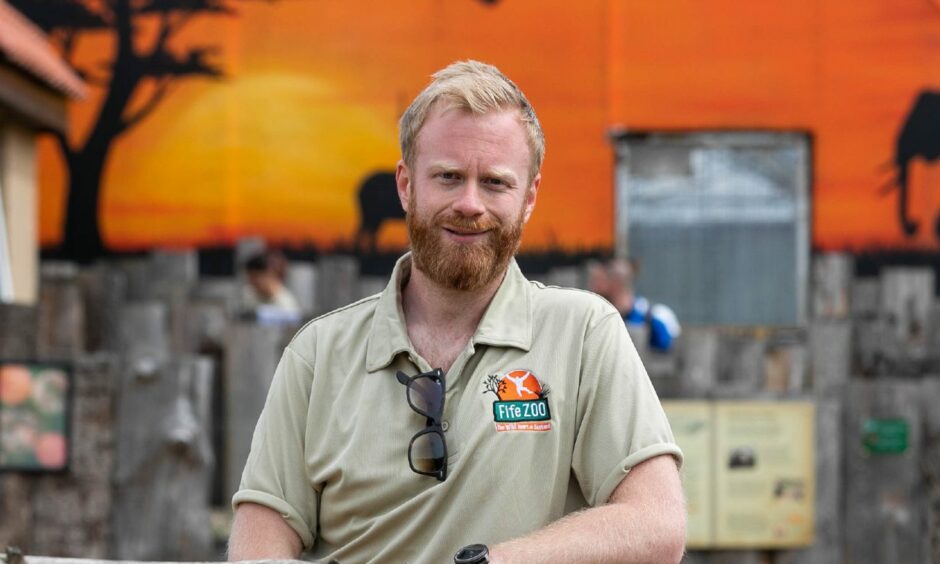
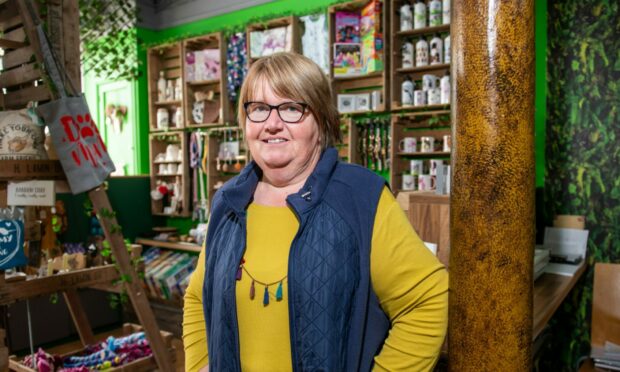
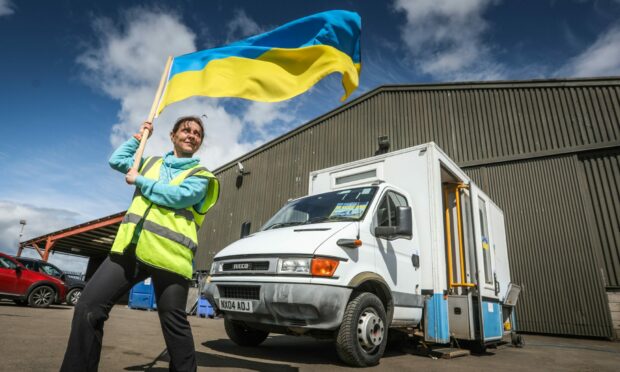
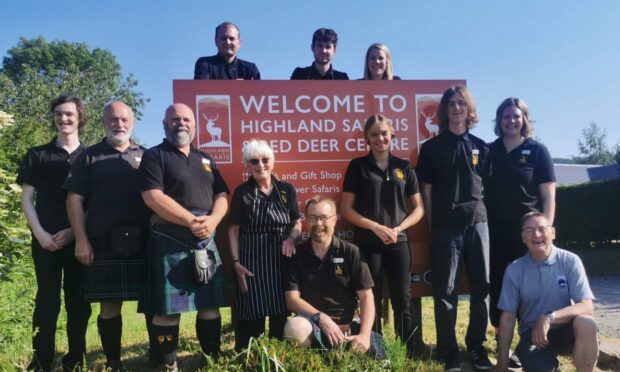
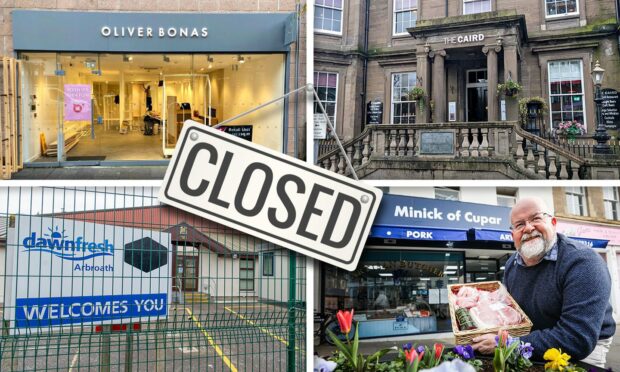
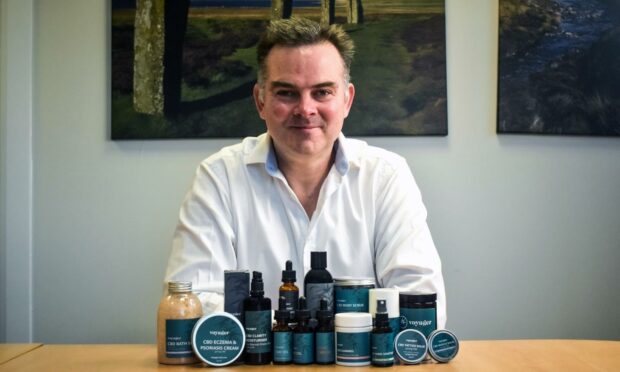
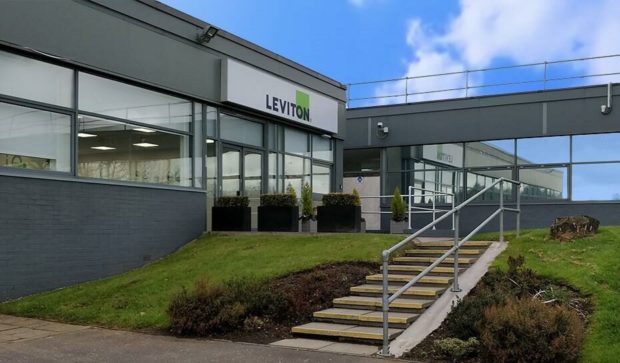
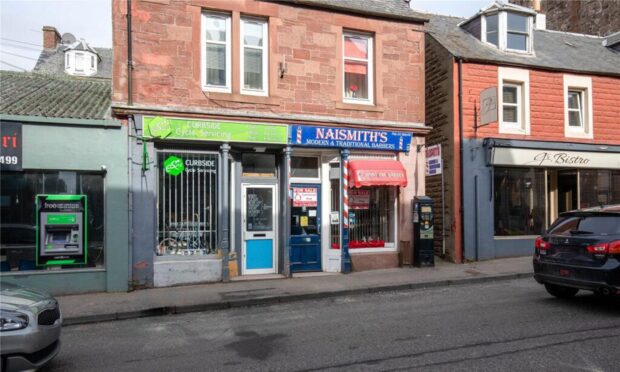
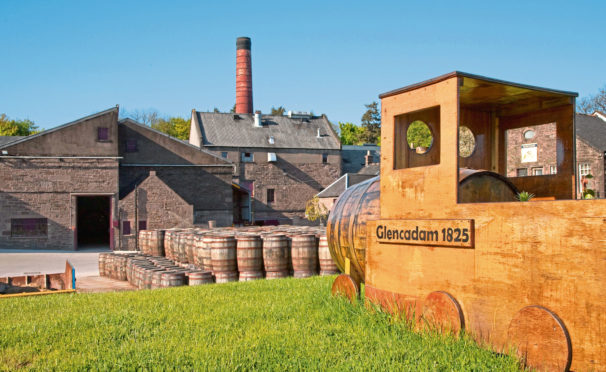
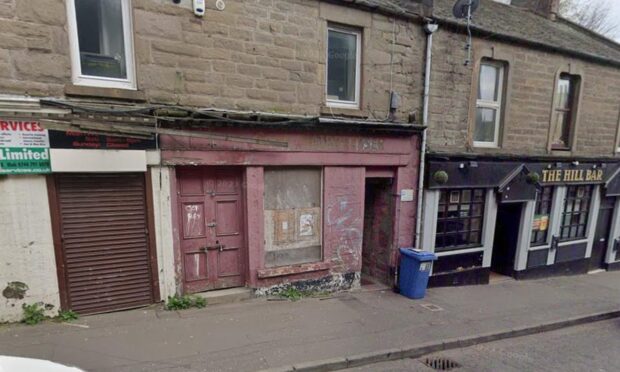
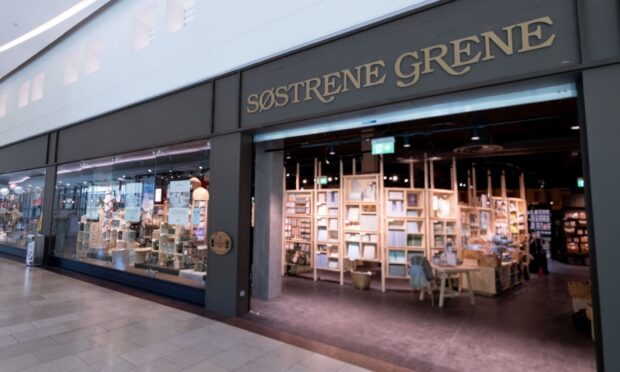
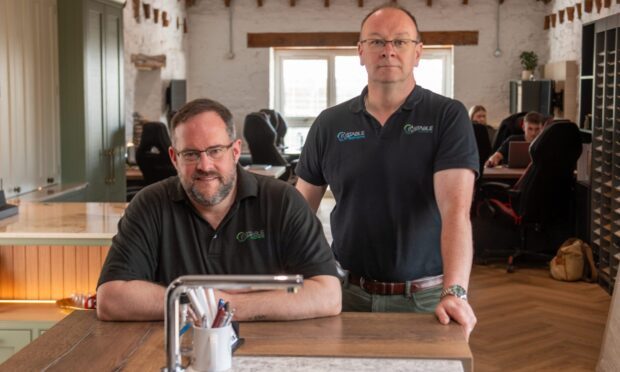
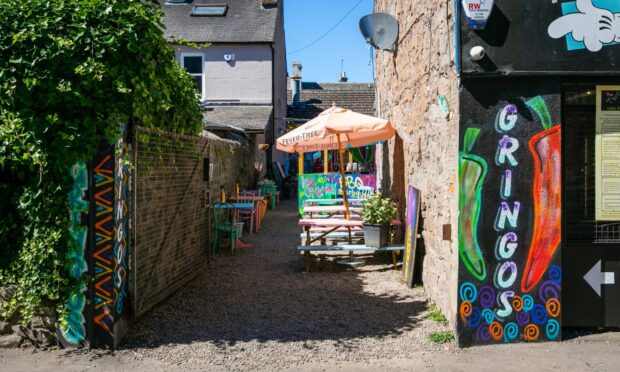

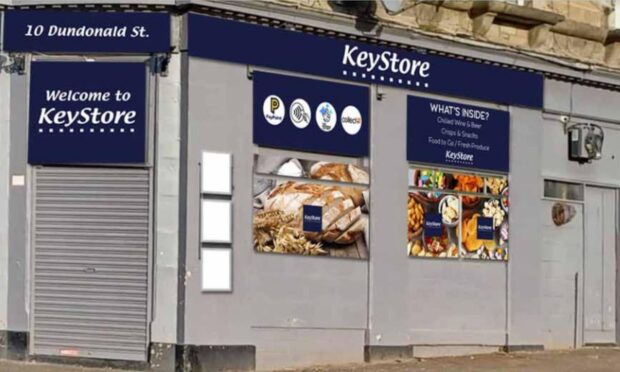

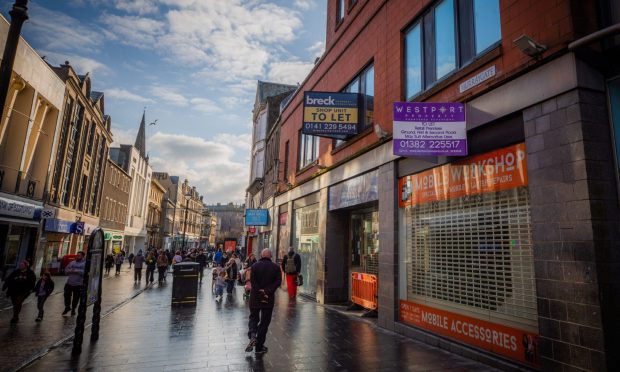
Conversation